Growing celosia comb
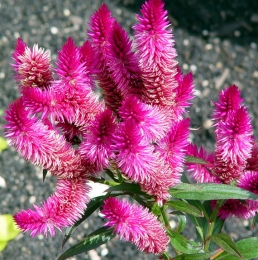
In Russia, celosia comb is better known under the name Cockscomb. This is a tropical perennial of the amaranth family, but in the middle zone it does not withstand wintering and is cultivated as an annual plant. Different varieties of the plant can have a height of 20 to 35 cm and a spectacular inflorescence, with waves along the upper edge. The color of the flowers can be purple-red, orange, pink or yellow. A flowerbed with these plants invariably attracts admiring glances, and flowering continues from July to October.
Growing Celosia comb, like other annuals, begins with sowing seeds. The plant is very heat-loving, so seedlings are grown first. In March-April, the seeds are laid out in seedling boxes, but they are not sprinkled with soil, but simply pressed in a little. Celosias belong to the group of those plants whose seeds Light is needed for germination. They make a mini-greenhouse from the boxes, cover them with glass or polyethylene, and place them on a sunny windowsill. The substrate must be regularly moistened by spraying, and the greenhouse must be ventilated.
Shoots will appear in a couple of weeks. When the plants grow stronger and have several true leaves, they are planted in separate containers. They can be planted in open ground only after the ground has warmed up and the threat of night frosts has passed. Further cultivation of celosia comb consists of watering, weeding and loosening. It is better to water in the morningso that the leaves of the plant dry before evening.Celosia often suffers from fungal infections, causing neck and root rot. It is better to remove a diseased plant with a clod of earth in order to avoid the spread of infection.

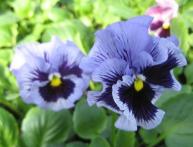
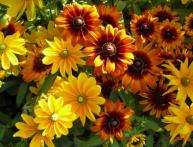

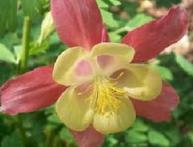
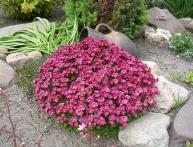
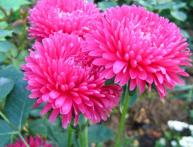
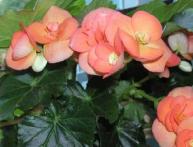

Comments
There was a plant with red, yellow and pink colors, but they all have the ability to quickly dry out when exposed to the sun. And although celosia is a resistant plant, abundant watering is necessary.